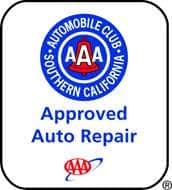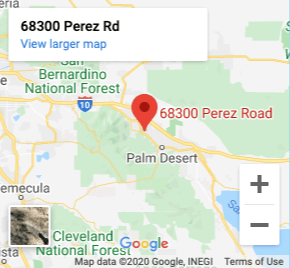Power steering is an essential part of driving. It makes it easier to steer your car and helps you control its speed. However, power steering systems aren’t always reliable. They can fail at any time, causing you to lose control of your vehicle.
If you notice that your power steering system isn’t working properly, here are some things you should know.
1. Check the fluid level in your power steering reservoir. If there’s not enough oil or if the pump has stopped pumping, then check for leaks around the hose connections on both sides of the reservoir. Also, make sure that all hoses are connected securely.
2. Make sure that the power steering valve is fully open before turning off the ignition key. This will allow air pressure inside the power steering lines to equalize with atmospheric pressure outside the lines. The valves may be stuck closed because they have been frozen by cold weather conditions.
3. Turn the engine over a few times while pressing down firmly on the accelerator pedal. Do this until the wheels begin moving freely. Then release the gas pedal and let up slightly on the brake pedal. Repeat these steps several more times.
4. Try using another hand to turn the wheel. Sometimes one side of the steering column becomes stiffer than the other due to corrosion from road salt.
5. Remove the battery terminals from their posts so that you don’t get shocked when testing them. Test each terminal individually. A good way to do this is to touch the positive lead first. If nothing happens, test the negative lead next. Finally, try touching both leads together. If either of the two tests works, replace the battery immediately.
6. Be careful when removing the power steering unit cover plate. Use only a screwdriver to remove it. Never use pliers or pry bars. These tools could damage the seals between the housing and the shaft.
7. When replacing the power steering unit, follow these instructions carefully. First, disconnect the vacuum line from the intake manifold. Next, loosen the bolts holding the upper end of the power steering assembly onto the lower end of the motor mount bracket. After loosening the nuts, slide the power steering unit out of the mounting brackets. Replace the old unit with the new one. Tighten the bolts as directed.
8. Before reinstalling the power steering unit, clean the area where the unit mounts into the chassis frame. Cleaning the threads prevents dirt particles from getting trapped under the nut during installation.
9. Once installed, tighten the nuts tightly but evenly. Don’t overtighten the bolts. Overtightened fasteners cause excessive wear on the seal rings.
10. Reinstall the vacuum line after tightening the nuts.
11. Install the power steering belt last. Failure to install the belt correctly could result in serious injury.
12. Always keep track of how much fluid remains in your power steering reservoir tank. Keep a record of what kind of fluids were used and when they were replaced.
13. For best results, change the transmission filter every 30 days. Transmission filters trap contaminants such as carbon deposits, which clog the flow passages within the gears. Changing the filter also improves fuel economy.
14. Change the spark plugs once per year. Spark plug wires tend to break easily. Replacing worn-out spark plugs increases performance and extends the life of the engine.
15. Inspect the tires regularly. Tires need regular maintenance to ensure proper inflation levels and safety. Inflate the tire slowly and steadily. Avoid sudden changes in pressure. Also, check for cracks or cuts in the treads. Cracks may indicate internal problems.
A malfunctioning power steering pump will not be detected by most owners unless there is visible evidence of leaks. The symptoms include loss of power assist, increased oil consumption, and noisy operation.
If you notice any unusual noises coming from your steering wheel, check out our power steering repair services at Davies Auto Care. Learn what you should know about your car’s steering system before taking it into the shop. Keep your car running smoothly by learning about your steering system. Check out our website for more information on power steering repairs or call us today to book an appointment!





